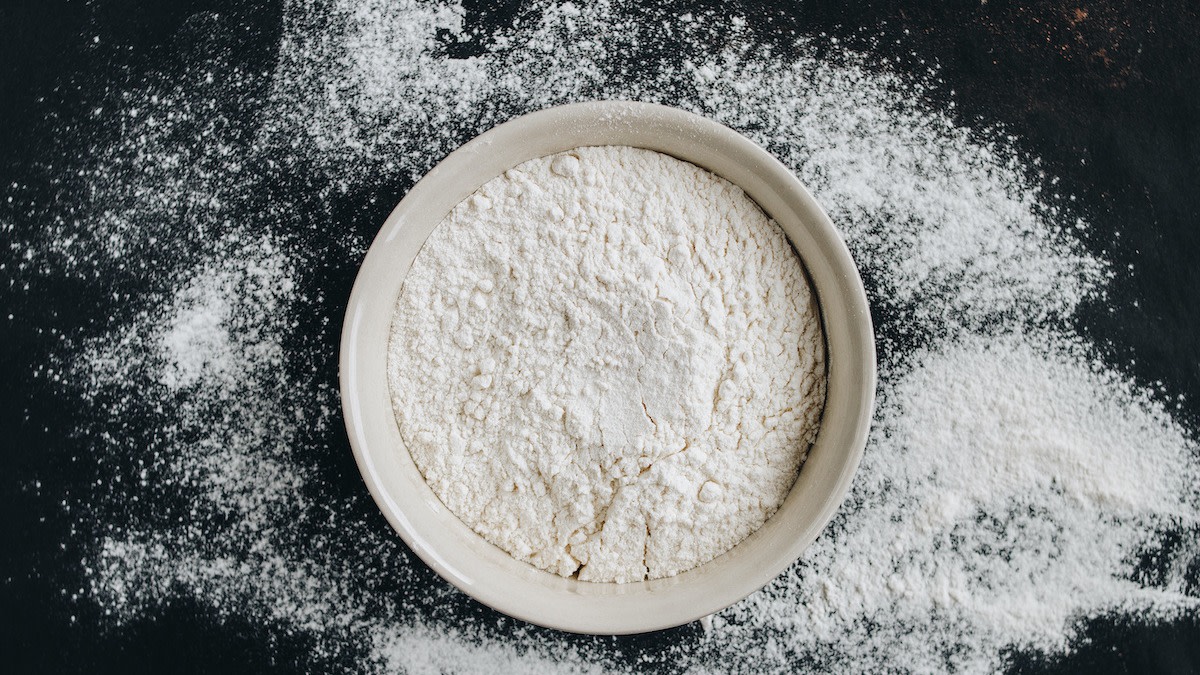How to Make Self-Rising Flour: Uses for Self-Rising Flour
Written by MasterClass
Last updated: Jun 7, 2021 • 2 min read
By combining a few baking ingredients, self-rising flour makes it easier to execute your favorite recipes.
Learn From the Best
What Is Self-Rising Flour?
Self-rising flour, sometimes written as self-raising flour, is a mixture of all-purpose flour, salt, and baking powder, a leavening agent that adds airiness through small gas bubbles released in the dough. The flour mix is commonly used in recipes for biscuits, cupcakes, pizza dough, scones, and sponge cakes.
Self-rising flour was patented in the late 1800s by an English baker named Henry Jones, who hoped to make better baked goods a reality during long voyages at sea with his pre-batched flour blend. His incorporation of a leavening agent and salt into the flour would eventually lead to a whole world of dry mixes, from pancakes to brownies and cake mixes that only require eggs and oil.
When to Use Self-Rising Flour
Use self-rising flour (and variants like self-rising cornmeal) in recipes where an even, consistent crumb is the goal. Self-rising flour is commonly used to make scones, pancakes, cupcakes, muffins, and classic Southern recipes like buttermilk biscuits and cornbread.
To use a self-rising flour recipe in quick bread recipes, like banana or pumpkin bread, simply omit the additional leavening agents in the recipe since they are pre-mixed into the flour itself. Avoid using self-rising flours in recipes for yeast breads like sourdough, which rely on natural fermentation to provide rise.
How to Substitute Self-Rising Flour
If a recipe calls for a cup of self-rising flour, but you don’t have any on hand, use the following formula as a substitute: sift 1 cup of regular flour (pastry flour, cake flour, or all-purpose flour will work, with slight variations on final texture), with 1 ½ teaspoons of baking powder, and a ¼ teaspoon of salt.
How to Make Self-Rising Flour
Making your own self-rising flour is a straightforward process: simply add a leavening agent and salt to plain all-purpose flour.
For every 1 cup of all-purpose flour, sift in 1 ½ teaspoons of baking powder (or ½ teaspoon baking soda) and a pinch of fine salt into a large mixing bowl. Whisk thoroughly to guarantee an even distribution, and store in an airtight container. The flour substitute has a long shelf life: use it within a year for the best results.
Bready for More?
We’ve got you covered. All you knead (see what we did there?) is The MasterClass Annual Membership, some water, flour, salt, and yeast, and our exclusive lessons from Apollonia Poilâne—Paris’s premier bread maker and one of the earliest architects of the artisanal bread movement. Roll up your sleeves and get baking.
